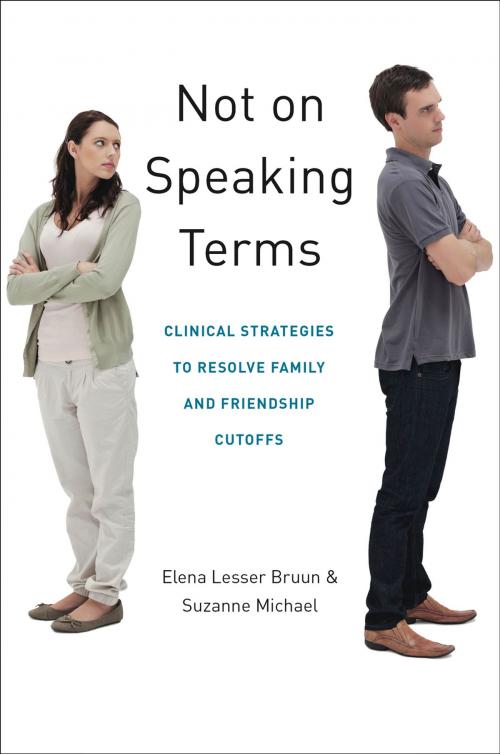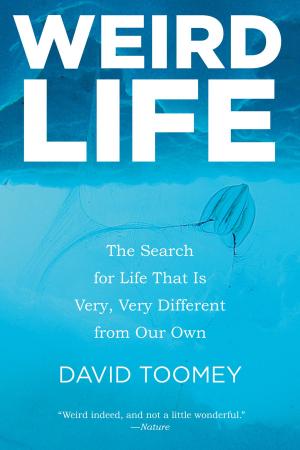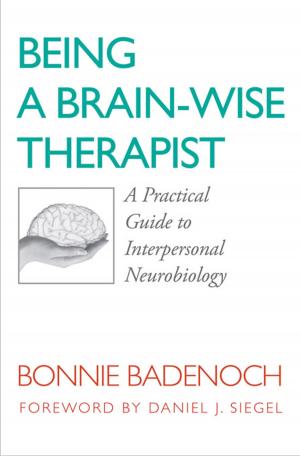Not on Speaking Terms: Clinical Strategies to Resolve Family and Friendship Cutoffs
Nonfiction, Health & Well Being, Psychology, Family Therapy| Author: | Elena Lesser Bruun, Suzanne Michael | ISBN: | 9780393709698 |
| Publisher: | W. W. Norton & Company | Publication: | October 6, 2014 |
| Imprint: | W. W. Norton & Company | Language: | English |
| Author: | Elena Lesser Bruun, Suzanne Michael |
| ISBN: | 9780393709698 |
| Publisher: | W. W. Norton & Company |
| Publication: | October 6, 2014 |
| Imprint: | W. W. Norton & Company |
| Language: | English |
How significant relationship rifts affect people in therapy, and how therapists can help.
Scratch the surface of almost any family and you will undoubtedly find a significant cutoff. Nearly everyone has someone in their lives with whom they stopped speaking for one reason or another, or someone who abruptly cut them off. Often these severed ties are forever unresolved, and the emotional strain and upset they cause—even if seemingly in the background of one’s life—never go away.
Here, Elena Lesser Bruun and Suzanne Michael have gathered many stories about emotional cutoffs from psychotherapists, and personal stories from a host of laypeople they encountered in the course of writing this book. Based on their collective clinical experience spanning decades of work with clients, the authors identify basic themes, categories, and cutoff types. They then offer a set of guidelines to facilitate a deeper understanding of the dynamics of cutoffs, suggesting strategies for clinicians to use as they work with clients to overcome the emotional devastation that this sort of relationship breach can cause.
Given the magnitude of the problem, its ubiquity, and the psychological complexity associated with it, this book is sorely needed. Each chapter addresses a particular cause for cutoffs, such as abandonment, jealousy, betrayal, matters of principle, and mental illness or substance abuse. All types of relationships are considered: parent-child, other relatives, siblings, former spouses, colleagues, and friends. Close analysis of all these scenarios led the authors to reach many conclusions about cutoffs and how to address them in therapy, including:
• Cutoffs are common experiences—prevalent, sometimes embarrassing, and thus an elephant in the therapy room.
• Cutoffs are extremely damaging even though people often tell themselves the other person is expendable. They induce involuntary suppression of feelings.
• The aftermath of cutoffs can include depression, devastation, dismay, shock, isolation, as well as work problems and physical/psychosomatic issues.
• Cutoffs, even decades old, are not always clients’ presenting problem; however, they often surface in the course of therapy..
• Clinicians often fail to identify cutoffs in their clients’ lives, or encourage clients to explore what happened, and to consider taking steps towards reconciliation. The author’s hypothesize reasons for therapists’ hesitancy and suggest ways to overcome it.
Helping clients to successfully deal with emotional cutoffs will lead to reduction in self-blame for any lost relationships, less reactivity, and lower anxiety in general. No therapist dealing with this all-too-common, challenging issue should be without this book.
How significant relationship rifts affect people in therapy, and how therapists can help.
Scratch the surface of almost any family and you will undoubtedly find a significant cutoff. Nearly everyone has someone in their lives with whom they stopped speaking for one reason or another, or someone who abruptly cut them off. Often these severed ties are forever unresolved, and the emotional strain and upset they cause—even if seemingly in the background of one’s life—never go away.
Here, Elena Lesser Bruun and Suzanne Michael have gathered many stories about emotional cutoffs from psychotherapists, and personal stories from a host of laypeople they encountered in the course of writing this book. Based on their collective clinical experience spanning decades of work with clients, the authors identify basic themes, categories, and cutoff types. They then offer a set of guidelines to facilitate a deeper understanding of the dynamics of cutoffs, suggesting strategies for clinicians to use as they work with clients to overcome the emotional devastation that this sort of relationship breach can cause.
Given the magnitude of the problem, its ubiquity, and the psychological complexity associated with it, this book is sorely needed. Each chapter addresses a particular cause for cutoffs, such as abandonment, jealousy, betrayal, matters of principle, and mental illness or substance abuse. All types of relationships are considered: parent-child, other relatives, siblings, former spouses, colleagues, and friends. Close analysis of all these scenarios led the authors to reach many conclusions about cutoffs and how to address them in therapy, including:
• Cutoffs are common experiences—prevalent, sometimes embarrassing, and thus an elephant in the therapy room.
• Cutoffs are extremely damaging even though people often tell themselves the other person is expendable. They induce involuntary suppression of feelings.
• The aftermath of cutoffs can include depression, devastation, dismay, shock, isolation, as well as work problems and physical/psychosomatic issues.
• Cutoffs, even decades old, are not always clients’ presenting problem; however, they often surface in the course of therapy..
• Clinicians often fail to identify cutoffs in their clients’ lives, or encourage clients to explore what happened, and to consider taking steps towards reconciliation. The author’s hypothesize reasons for therapists’ hesitancy and suggest ways to overcome it.
Helping clients to successfully deal with emotional cutoffs will lead to reduction in self-blame for any lost relationships, less reactivity, and lower anxiety in general. No therapist dealing with this all-too-common, challenging issue should be without this book.















